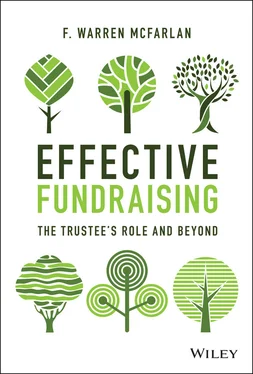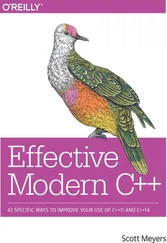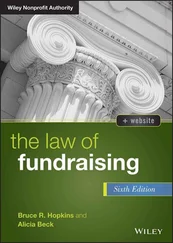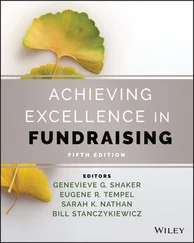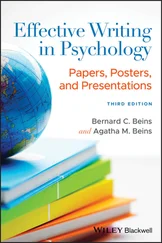1 Building a development-oriented culture in an institution takes time. The preceding story took over five years to play out. As noted, attention must continue to be paid to the board's regeneration as each generation of development-oriented trustees reaches the end of their term limits. The new set of trustees must also have the right combination of vision and personal financial resources to continue the transformation.
2 Development-oriented leadership was key to this transformation. In this example, it was a CEO who had no deep development experience but an appetite for growth, who was supported by a total reconstituted board that contained deep development capabilities. The spark for creating this was the member who had both development and governance experience. First came the board reconstitution, along with new development staff leadership, and then a series of transforming projects in rapid succession.
3 The assembly of a much larger board of donors and connectors made a huge difference. At its height, the board grew from 16 to 34. This allowed the mobilization of many donors.
Over the next two years, the board then went back to 24 in the absence of major new projects.
Board Recruiting and Structure
The most important point of this case is that the board itself took responsibility for raising the overall fundraising capabilities of the organization initially prodded by the CEO and the external accrediting organization. It began by reconstructing itself to have dramatically expanded development capabilities. If governance was the only role of a social enterprise board, it would contain six to eight members in total (much like a typical for-profit board). The development focus, however, drives a social enterprise board to be much larger (4–20 additional trustees are the norm for midsize and larger organizations). Supported by a paid development staff, a board often has two development committees; one is a development committee that worries about annual fundraising, donor relations, research, and so on. The second is a capital campaign committee, which may operate as an ad hoc committee over a 5- to 10-year horizon. The development committee normally has overall responsibility for all development activities except for the capital campaign with which it has a tight liaison. The development department includes activities such as the annual fund, planned giving, alumni clubs, stewardship, research, and major gift officers. The development-oriented trustees are normally divided between the development committee and the capital campaign committees as their primary board work. Special events (fundraisers) are also part of this cluster of activities (discussed in Chapter 7). Often younger trustees gravitate to the annual fund activities, whereas the older ones wind up on the capital campaign committee because of their often higher giving potential and deeper links to potential donors.
The governance committee plays a critical role in the selection of potential trustees, their assignments, and their ultimate rotation off the board. It is also responsible for recruiting overseers/corporators (supporters of the organization who convene once or twice a year to give advice). The existence of term limits defined by the governance committee ensures that there will be continued turnover in these boards and officer positions. This turnover is critical in allowing space for new development-oriented trustees to join the board. With regard to term limits, one or two positions on the board may be reserved for people of such unusual skill or development capability that you do not want to lose their link to the organization and, therefore, want to insulate them from the constraint of term limits. Discipline, however, has to be maintained to ensure this insulation does not get out of control. In a recently studied case of an organization with an ironclad term limit of eight years, one trustee is now in his 17th year on the board. The individual has headed two capital campaigns and a building is named for him. A guiding principle about term limits is that you need them but “don't do stupid things.” Excessive reliance on standard procedures can sometimes get you into unfortunate decisions that can harm the organization (exceptions, of course, can have their problems as well).
Several years before a trustee retires, efforts must be made to work out their level of engagement with the organization post-trusteeship (above all, you do not want a deeply committed trustee transferring their wealth and philanthropy to a competing organization). Trusteeship should be seen as simply one part of a life-long period of an individual's engagement with the organization. Planning this engagement in advance is critical. A few trustees may go on to be trustees emeritus or emerita (you must be careful, however, not to crowd the board room). Others join special program advisory committees, hopefully in areas of great personal interest. Others may stay on one or two board committees (investment is a frequent one, as is planned giving and capital campaign). Still others may move to special advisory boards called “the corporation” or overseers that meet once or twice a year. Many will turn out to be effective solicitors and connectors for future campaigns.
Efforts are often made to get key corporators involved in advisory boards and programs that require regular contact with the organization's staff. This contact can help facilitate planned giving discussions to extend the impact of the former trustee's philanthropy beyond their life span. For some trustees, however, unfortunately there will not be an ongoing role because of lack of fit between their skills and the organization's interests, interpersonal conflict, and so forth. That is too bad but inevitable.
Building Trustee Engagement
Involving a trustee in a project's implementation complexities can get their visceral juices flowing, and in the right circumstances, commitments can flow beyond imagination. The author watched in fascination as a $3 million building project sponsored by a donor ran into local zoning issues. With the donor on the project team (including his involvement in direct negotiation with the city bureaucrats), over six years the project budget ultimately grew to over $20 million, much of it covered by the original donor who was appalled by the regulatory environment and what he saw as regulatory abuse. Fortunately, he reacted with both fury and also personal generosity. The deeper one gets involved in execution details, the more one's personal financial prudence can fly out the door as commitment to task completion grows at any cost.
Donor recognition is a funny topic. Some people want it and consequently every corner of a building can be filled with plaques. Intriguingly, not everyone, however, wants recognition, even for very sizeable gifts. They simply want to do good. The story of a major donor to a university, who served first as a trustee and then as a member of an advisory committee, is illustrative. As his most recent gift, 25 years after his initial trustee service, he gave an eight-digit anonymous gift to cut the cost of endowing staff positions by one-third. This lowered cost enabled otherwise financially stretched individuals to endow staff positions in their name and brought substantial new funds to the organization. The major donor found it appealing that his anonymous gift to a major project encouraged other people to make gifts. In other venues, he wanted some recognition so people knew he supported a project, but almost always it was recognition at levels well below his actual gift.
Multigenerational Trustees
Читать дальше
